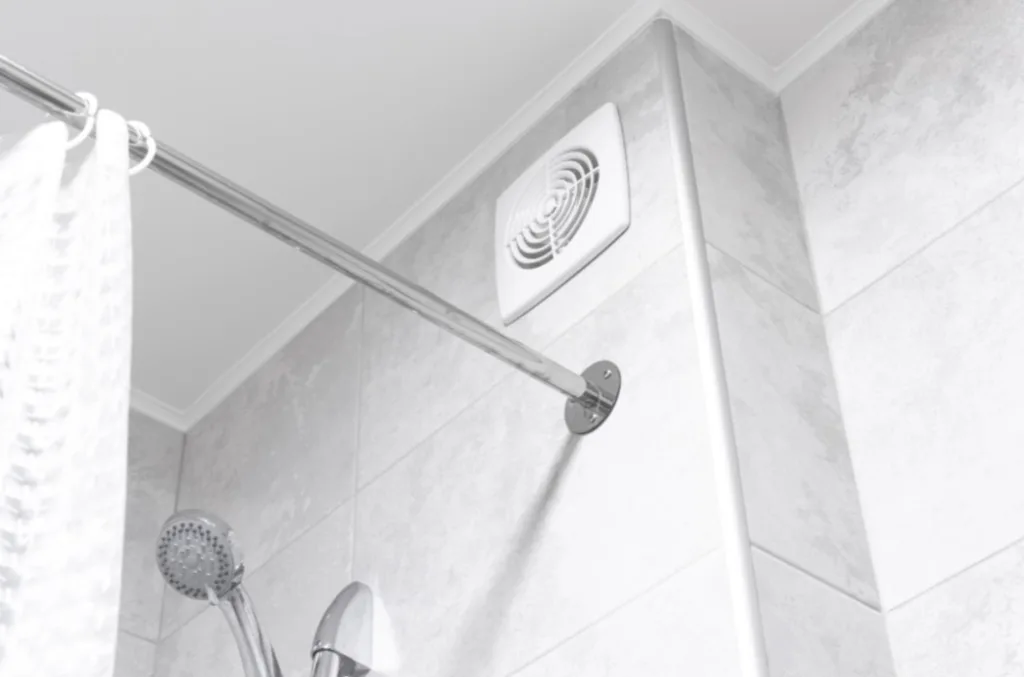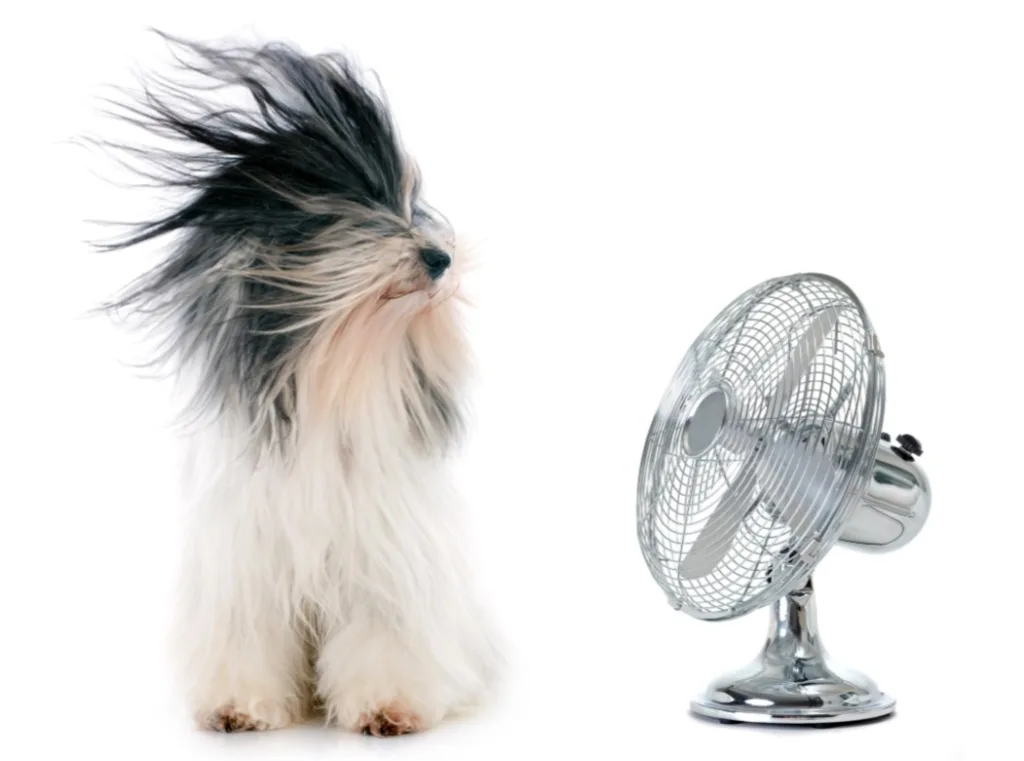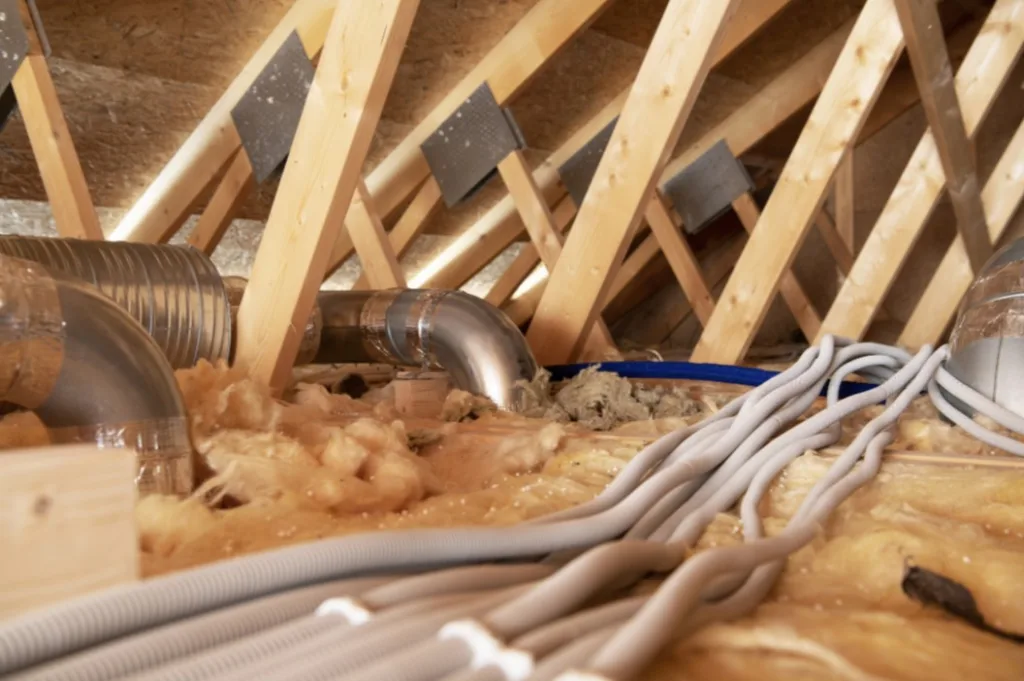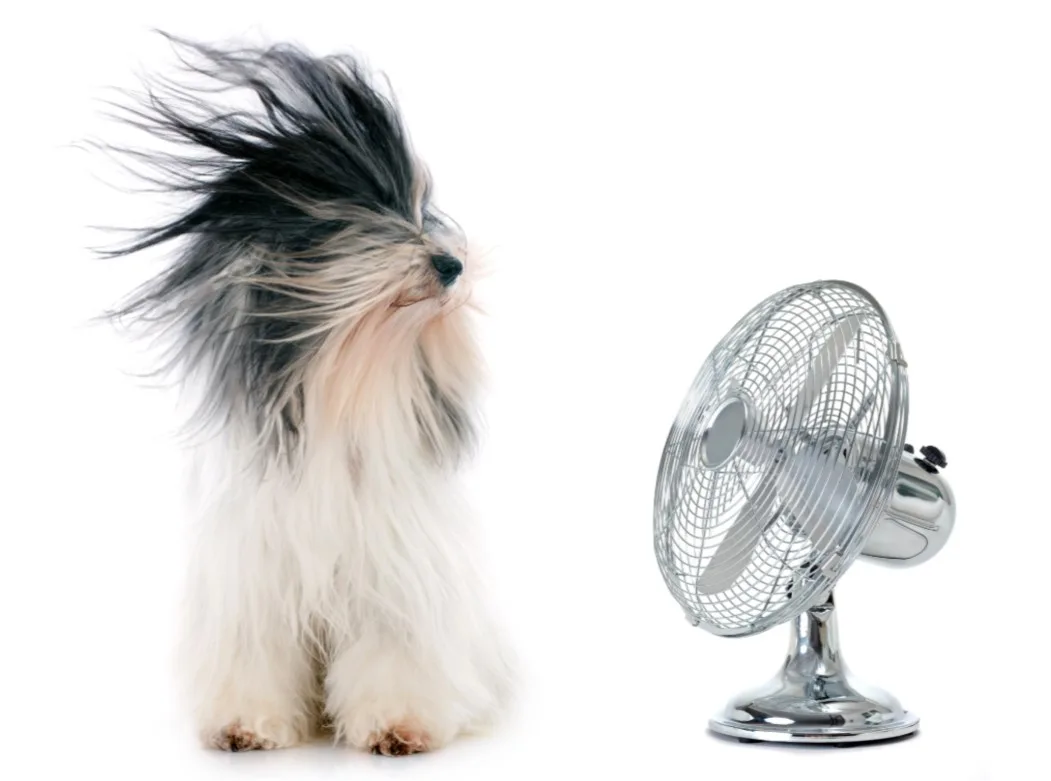
Mold spores, those microscopic fungi that float in the air, are an unseen enemy to our health and our New Jersey homes. When they land on a damp spot, they begin to grow, leading to potential structural damage and health issues. Ventilation is a critical aspect in preventing mold growth and maintaining good indoor air quality.
Ventilation, by promoting fresh air circulation, inhibits mold growth. Whether through natural methods like open windows or mechanical systems such as exhaust fans, maintaining proper airflow disrupts conditions conducive to mold, fostering a healthier indoor environment.
Fresh air is nature’s antidote to the problem. By replacing stale air filled with mold spores, fresh air can significantly hinder the expansion of mold. Proper ventilation is more than just opening a window; it’s about ensuring continuous air circulation throughout your home or building. It involves creating an environment where mold spores struggle to settle and multiply. Whether you’re relying on natural methods or sophisticated ventilation systems, the goal remains the same: to disrupt the conditions that allow mold to thrive.
Understanding Mold and Its Causes
What is Mold?
Mold is a form of fungus that grows in multicellular filaments known as hyphae. There are numerous types of mold, but the ones most commonly found indoors include Aspergillus, Cladosporium, Penicillium, and the notorious black mold, Stachybotrys chartarum. These molds can proliferate on various surfaces such as wood, carpet, food, and insulation, turning your home into a potential breeding ground if the conditions are right.
Where Does Mold Grow?
Mold growth isn’t restricted to any specific location; it can occur anywhere, provided the conditions are favorable. You’ll often find mold in areas of your house that have high indoor humidity levels or are frequently exposed to water, such as bathrooms, kitchens, and basements.
The Relationship Between Moisture and Mold Growth
The connection between moisture and mold growth is direct and straightforward: molds thrive in damp and humid environments. When indoor humidity levels rise above 60%, it creates an ideal habitat for these uninvited guests. This is why it’s crucial to monitor and manage the humidity levels within your home to prevent mold growth.
The Impact of Indoor Air Quality on Mold Growth
Poor indoor air quality can exacerbate mold issues. Stagnant indoor air allows mold spores to settle on surfaces and start to grow. Conversely, a good mix of indoor and outdoor air, facilitated by adequate ventilation, can help keep mold spores at bay.
The Role of Air Conditioning and Air Ducts
Air conditioning systems play a significant role in maintaining a healthy indoor environment. They help control temperature and reduce indoor humidity levels, thereby preventing mold growth. However, if not properly maintained, air ducts can accumulate dust and moisture, becoming a hotbed for mold growth. These mold spores can then be dispersed throughout your home, affecting the indoor air quality.
Ensuring Adequate Ventilation for a Healthy Indoor Environment
Adequate ventilation is key to preventing mold growth and maintaining indoor air quality. It’s about finding the right balance between removing excess moisture and circulating fresh air. By doing so, you prevent the conditions that allow mold to thrive, thereby creating a healthier living space.
How Does Ventilation Prevent Mold?
Ventilation refers to the process of exchanging or replacing air in a space to control temperature, replenish oxygen, or remove moisture, odors, smoke, heat, dust, airborne bacteria, and carbon dioxide. Ventilation can be achieved through natural methods such as opening windows and doors, or mechanical means like fans and air conditioning systems.
Ventilation is about ensuring the continued circulation of air within an indoor space. It ensures that the indoor air does not become stale and filled with pollutants, including mold spores.
Ventilation and Moisture Control
One of the primary benefits of good ventilation is its ability to control moisture levels. As we’ve established earlier, moisture is the lifeblood of mold growth. By controlling the amount of moisture in your indoor environment, you can effectively hinder the growth of mold.

Here’s how it works: when air circulates, it helps evaporate excess moisture. For instance, after a hot shower, your bathroom is filled with steam – a form of moisture. If your bathroom is well-ventilated, either through an exhaust fan or a window, the steam doesn’t linger; it gets expelled outside, reducing the overall moisture level in the bathroom.
On the other hand, in a poorly ventilated room, moisture has nowhere to go. It will condense on walls, windows, and other surfaces, creating a damp environment conducive to mold growth.
Ventilation: A Key Strategy in Preventing Mold Growth
Good ventilation is not just about bringing fresh air in; it’s also about expelling stale, moist air out. It’s this exchange of indoor and outdoor air that helps maintain a healthy indoor environment and reduces the risk of mold growth.
It’s important to note that ventilation alone cannot completely eliminate mold spores from your indoor environment, as these are naturally occurring and present in both indoor and outdoor air. However, by reducing moisture levels and preventing the buildup of stale air, ventilation can make your indoor environment less hospitable to molds.
Ways to Improve Ventilation to Prevent Mold Growth
Creating an environment that’s inhospitable to mold starts with improving the ventilation in your home. There are several strategies you can employ, ranging from natural and mechanical methods to a hybrid approach that combines the two.
Natural Ventilation
Natural ventilation is one of the simplest and most cost-effective ways to improve airflow in your home. This method relies on wind and natural air currents to circulate fresh air in and out of your indoor spaces. Here are some natural ventilation strategies:
- Opening Windows and Doors: This is the easiest way to encourage air circulation. Open windows and doors regularly, especially in rooms that generate a lot of moisture like the kitchen or bathroom.
- Using Vents: Make sure all vents, especially those in bathrooms and kitchens, are open and unblocked. Vents allow moist air to escape outside, reducing the overall humidity level inside.
- Cross Ventilation: This involves opening windows on opposite sides of a room to create a cross breeze that helps circulate air more effectively.
Mechanical Ventilation

Mechanical ventilation systems use devices like fans and air conditioning units to control airflow. These systems can be particularly useful in areas that are hard to ventilate naturally. Here are some mechanical ventilation strategies:
- Exhaust Fans: Install exhaust fans in high-moisture areas like bathrooms and kitchens. These fans pull moist air out of the room and vent it outside.
- Dehumidifiers: These devices reduce humidity levels by extracting water from the air. They can be especially effective in damp basements or other areas of your home that are prone to high humidity.
- Air Conditioning Systems: As mentioned earlier, air conditioning can help control temperature and reduce humidity levels. Be sure to maintain the system properly to prevent mold growth within the unit.
Hybrid Ventilation
A hybrid ventilation approach combines natural and mechanical methods to optimize airflow. This could involve using natural ventilation during certain times of the day or seasons, and switching to mechanical systems when necessary. For example, you might open windows in the cool morning hours to let fresh air in, then use air conditioning during the heat of the day to manage temperature and humidity levels.
How Ventilation And Mold Growth Go Hand In Hand
Proper ventilation plays a crucial role in maintaining a healthy indoor environment by preventing the growth of mold. Be it through natural methods like opening windows and doors, mechanical systems like exhaust fans and dehumidifiers, or a combination of both, effective airflow helps control moisture levels and reduce the concentration of mold spores in your home.
However, remember that ventilation is just one part of the puzzle in combating mold growth. It should be complemented with other strategies such as regular cleaning and maintenance, proper insulation, and moisture control to achieve a mold-free, healthy living space.
Call 609-548-4977 or Contact Us to schedule a New Jersey mold inspection and mold testing for your New Jersey home or business
FAQ
Does ventilation increase or decrease the likelihood of mold growths?
Answer: Ventilation significantly decreases the likelihood of mold growths by reducing moisture levels within indoor environments. Proper airflow ensures that damp air is exchanged for drier air, thus preventing the conditions mold requires to thrive. It’s crucial in areas prone to high humidity and in spaces where moisture may accumulate, such as bathrooms and kitchens. Ensuring adequate ventilation is a key step in mold prevention and maintaining indoor air quality.
Can mold grow in a ventilated room?
Answer: While ventilation reduces the risk, mold can still grow if other factors like persistent humidity or water leaks are present. Proper ventilation complements an overall strategy.
How often should I inspect my home for potential mold issues?
Answer: Regular inspections, especially after water events, are advisable. Prompt identification allows for early intervention and prevents widespread mold problems.
What’s the difference between mold testing and mold inspection?
Answer: Mold testing involves collecting samples to identify mold types and concentrations. Mold inspection is a broader assessment, examining signs of mold and potential moisture sources.
Does a fan prevent mold?
Answer: While ventilation with or without a fan is important, a comprehensive approach involving moisture control, cleaning, and proper insulation enhances mold prevention efforts for a healthier living space.

